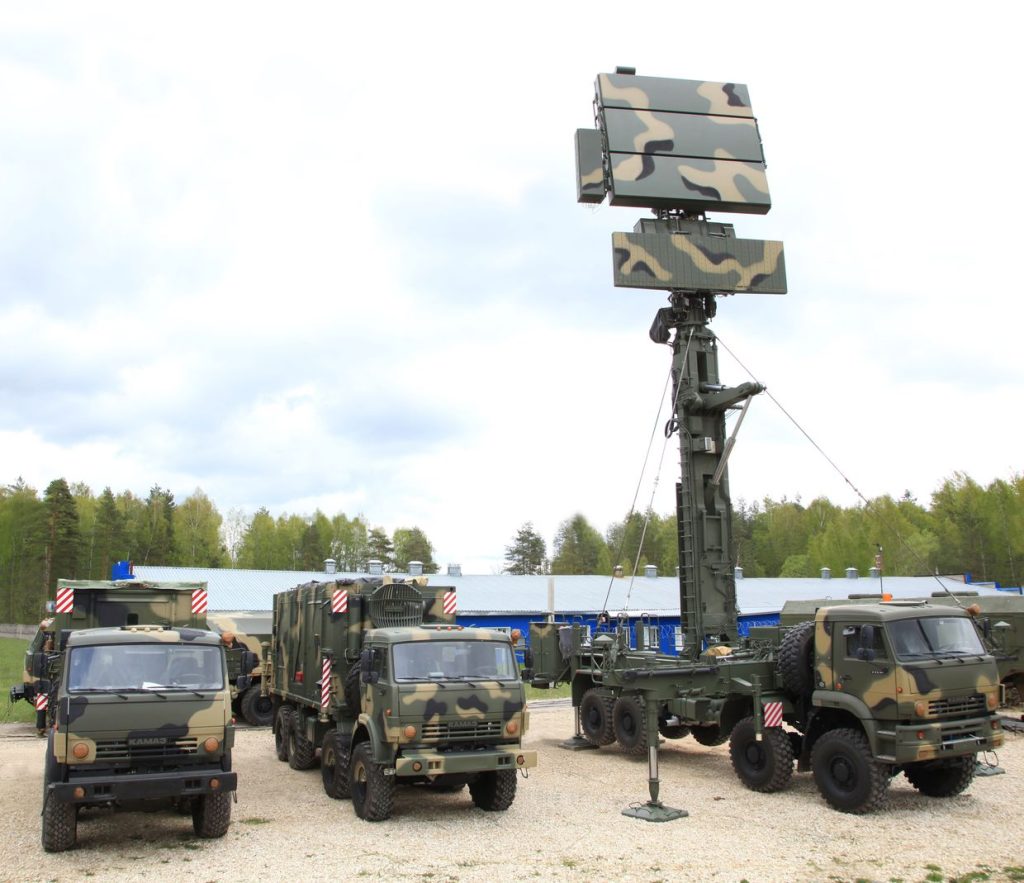Ukraine’s military intelligence agency (HUR) and the 15th Separate Artillery Reconnaissance Brigade targeted a Russian Podlet-K1 radar station, which is a modern mobile radar system designed to detect air targets at low altitudes. The attack hit the station’s antenna post and diesel generator, but further details on the attack or damage were not provided. The Podlet-K1 radar station is a relatively new development that the enemy used to detect and transmit target coordinates to Russian S-300/S-400 anti-aircraft missile systems. Ukrainian drones also attacked a military unit in Russia’s Mordovia Republic, hitting a Container radar station located 800 kilometers from the Ukrainian border.
The Security Service of Ukraine (SBU) conducted drone strikes against two oil refineries and a military airfield in Russia’s Krasnodar region. The attacks were carried out overnight on April 27, as reported by a source in the security and defense forces. The specific targets in the Krasnodar region were hit by Ukrainian drones, causing damage to the facilities. These strikes mark a significant escalation in the conflict between Ukraine and Russia, showcasing Ukraine’s ability to conduct offensive operations deep into Russian territory. The SBU’s actions are part of Ukraine’s ongoing efforts to defend its sovereignty and retaliate against Russian aggression.
The Podlet-K1 radar station targeted by Ukraine’s military intelligence agency was a key component of the Russian military’s air defense system. By striking this radar station, Ukraine disrupted the enemy’s ability to detect air targets at low altitudes and transmit coordinates to anti-aircraft missile systems. This successful attack demonstrates Ukraine’s strategic capabilities and determination to defend its airspace against Russian threats. The use of drones in these operations shows Ukraine’s advancement in unmanned aerial technology and its willingness to use unconventional tactics in the conflict.
The drone strikes carried out by the Security Service of Ukraine in the Krasnodar region targeted critical infrastructure facilities, including oil refineries and a military airfield. These attacks aimed to disrupt Russian operations in the region and inflict damage on key assets. By targeting these strategic locations, Ukraine sent a strong message to Russia about its willingness to take the fight beyond its borders and strike at the heart of its military capabilities. This bold move underscores Ukraine’s commitment to defending its interests and pushing back against Russian aggression.
The escalation of hostilities between Ukraine and Russia, as evidenced by these drone strikes and attacks on radar stations, highlights the ongoing conflict in the region. The use of advanced military technology and strategic targeting by both sides demonstrates the intensity and complexity of the conflict. With Ukraine’s efforts to strike deep into Russian territory and disrupt key military infrastructure, the conflict shows no signs of abating. The involvement of Ukraine’s military intelligence agency and the successful coordination of drone strikes showcase Ukraine’s determination to defend its sovereignty and push back against Russian aggression.
In conclusion, the recent drone strikes by Ukraine’s Security Service against key targets in Russia’s Krasnodar region, as well as the attack on the Podlet-K1 radar station, demonstrate Ukraine’s commitment to defending itself against Russian aggression. These actions showcase Ukraine’s strategic capabilities, technological advancements, and willingness to use unconventional tactics in the conflict. The ongoing escalation of hostilities between Ukraine and Russia underscores the complexity and intensity of the conflict, with both sides employing advanced military technology to gain the upper hand. As the conflict continues, it is clear that Ukraine remains steadfast in its defense of sovereignty and determination to push back against Russian threats.


